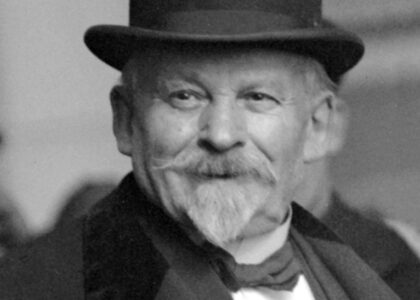Welcome to Farragut State Park, a place where history and nature intertwine to create a rich tapestry of stories. Nestled in the scenic landscapes of northern Idaho, Farragut State Park is not just a haven for outdoor enthusiasts but a site steeped in history that dates back to the 20th century.
Originally established as a naval training station during World War II, Farragut State Park holds a unique place in military history. In 1942, following the attack on Pearl Harbor, the U.S. Navy sought locations for inland training bases that would be safe from potential coastal attacks. The choice fell on this picturesque area near Lake Pend Oreille, and soon, Farragut Naval Training Station became the second-largest naval training base in the world. Over 293,000 sailors were trained here during the war, a testament to its significant role in preparing the naval forces.
Picture this: bustling campgrounds that once echoed with the sounds of marching boots, cadences, and the sharp calls of drill instructors. The base was a self-contained city with all the facilities needed to support its massive influx of personnel. It had its own hospital, fire department, and even a railroad spur to facilitate transportation. Among the notable figures who passed through its gates was actor Tony Curtis, who trained at Farragut before going on to a successful Hollywood career.
Post-war, the naval base was deemed surplus to requirements and was decommissioned in 1946. The state of Idaho saw an opportunity to preserve this vast area for public use, and in 1964, it officially became Farragut State Park. The transition from military base to state park marked a new chapter in its history, where the echoes of its past met the tranquility of its natural beauty.
As you explore the park today, you might stumble upon remnants of its military past. Several historic buildings still stand, including the Museum at the Brig, which houses exhibits on the naval station’s history and the broader context of World War II. Walking through the museum, visitors can journey back in time to understand the experiences of young recruits who trained here, many of whom would go on to serve in pivotal naval battles.
Farragut State Park also played a role as a site for the Civilian Conservation Corps (CCC) during the Great Depression. The CCC was a public work relief program that provided jobs to young men and aimed to conserve and develop natural resources in rural lands owned by federal, state, and local governments. The legacy of their work remains visible in the park’s infrastructure and trails, enhancing the visitor experience to this day.
Today, Farragut State Park is known for its diverse recreational opportunities. With over 4,000 acres of forested land, it offers camping, hiking, and biking trails, and access to the sparkling waters of Lake Pend Oreille for swimming and boating. The park’s rich history adds an intriguing layer to these activities, inviting visitors to reflect on the stories of the past as they enjoy the present.
In closing, Farragut State Park is a symbol of transformation and resilience, embodying the spirit of those who trained and worked here. It stands as a living monument to history, inviting you to explore, reflect, and enjoy its natural beauty and storied past.






